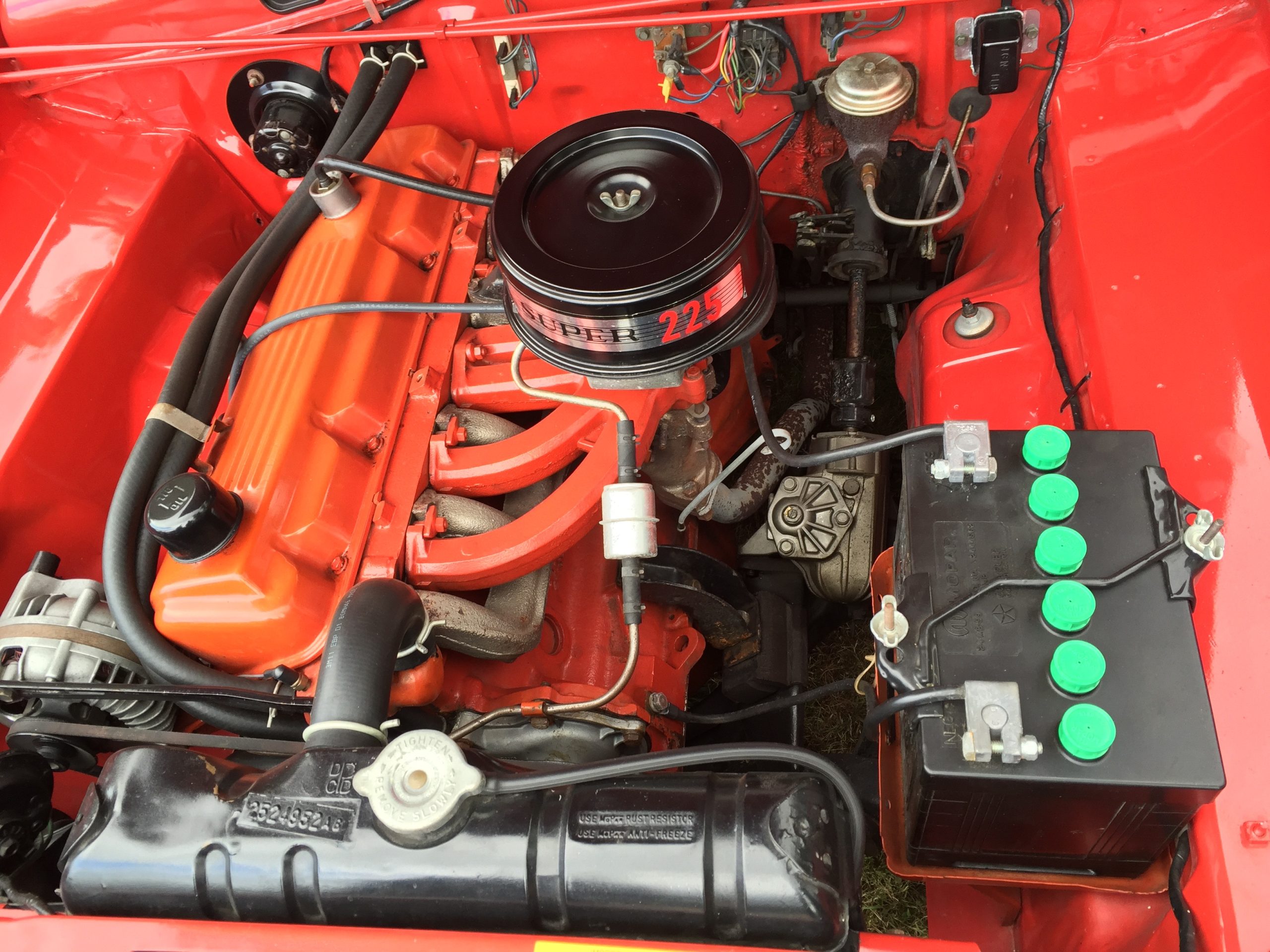In a world obsessed with the latest car tech, some engines from the past continue to defy obsolescence. The phrase “they don’t make them like they used to” applies perfectly to a select group of power plants known for outlasting their modern counterparts.
These engines, often found in older vehicles, have earned a legendary reputation for reliability, simplicity, and durability. Whether used in trucks, sedans, or even sports cars, these used engines have shown an uncanny ability to go the distance, well past what today’s precision-built but often over-complicated engines can achieve. Here are ten powertrains that truly stand the test of time.
1. Chrysler Slant-Six: The Jack of All Trades
The Chrysler Slant-Six, produced from 1959 to 2000, is a symbol of mechanical perseverance. Tilted at a 30-degree angle, this inline-six engine was built in three primary displacements: 170, 198, and 225 cubic inches.
It was used in 31 different models, including the Dodge Dart, Plymouth Duster, and Ram trucks. Its simple, overbuilt design and excellent self-cooling properties made it a go-to engine for both regular drivers and racers.
Whether with a cast-iron or aluminum block, the Slant-Six became legendary for lasting hundreds of thousands of miles with basic maintenance, outperforming many modern engines in real-world durability.

2. Ford 300 Straight-Six: The Working-Class Hero
The Ford 300 inline-six, part of the fourth generation of Ford straight-sixes, powered workhorses from 1964 to 1996. Originally found in the F-Series pickups, this 4.9-liter engine gained fame for its extreme durability and was commonly used in vehicles tasked with heavy loads, including dump trucks and tractors.
It featured forged internals and low-end torque, making it ideal for both commercial and recreational use. Despite its utilitarian appearance and modest power ratings, the 300 earned a cult following among enthusiasts for being virtually indestructible, often running for decades with minimal service—a trait rarely seen in newer truck engines.
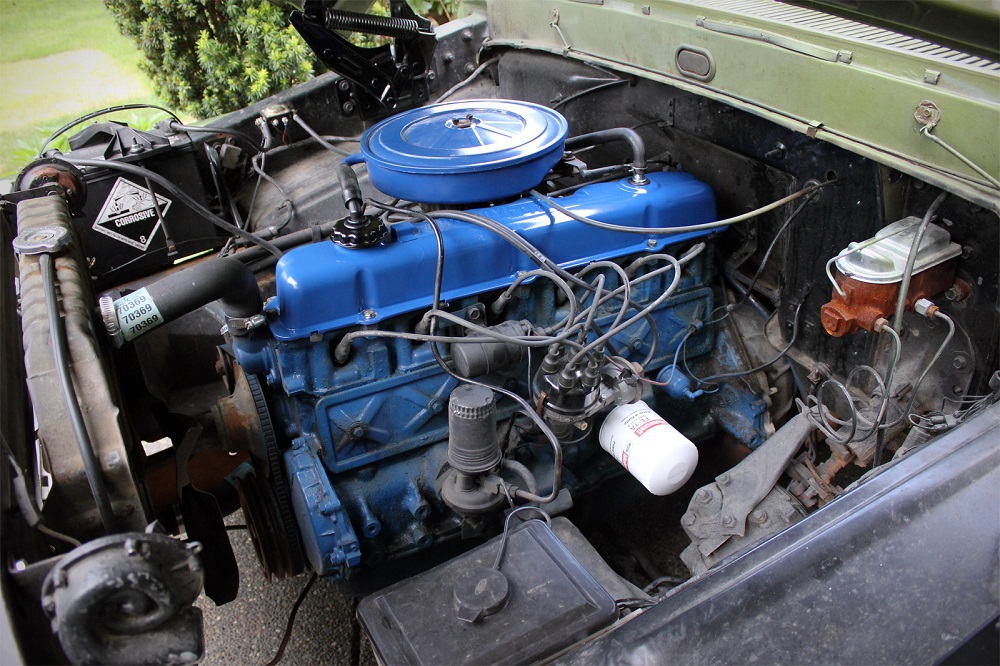
3. Mercedes-Benz OM617: Diesel That Won’t Die
From 1974 to 1991, Mercedes-Benz produced the OM617 five-cylinder diesel engine, a powerplant known globally for exceptional longevity. Found in models like the W115 and W123, it became famous through stories of taxi cabs exceeding 600,000 miles without a rebuild.
Its cast iron block, simple valvetrain, and over-engineering contributed to its durability. Turbocharged versions even powered record-setting Mercedes concept cars.
This engine wasn’t just a marvel of diesel efficiency—it represented an era of automotive engineering where reliability trumped performance specs. Today, it’s not uncommon to see these engines still running strong, proving themselves more enduring than many modern turbo-diesels.
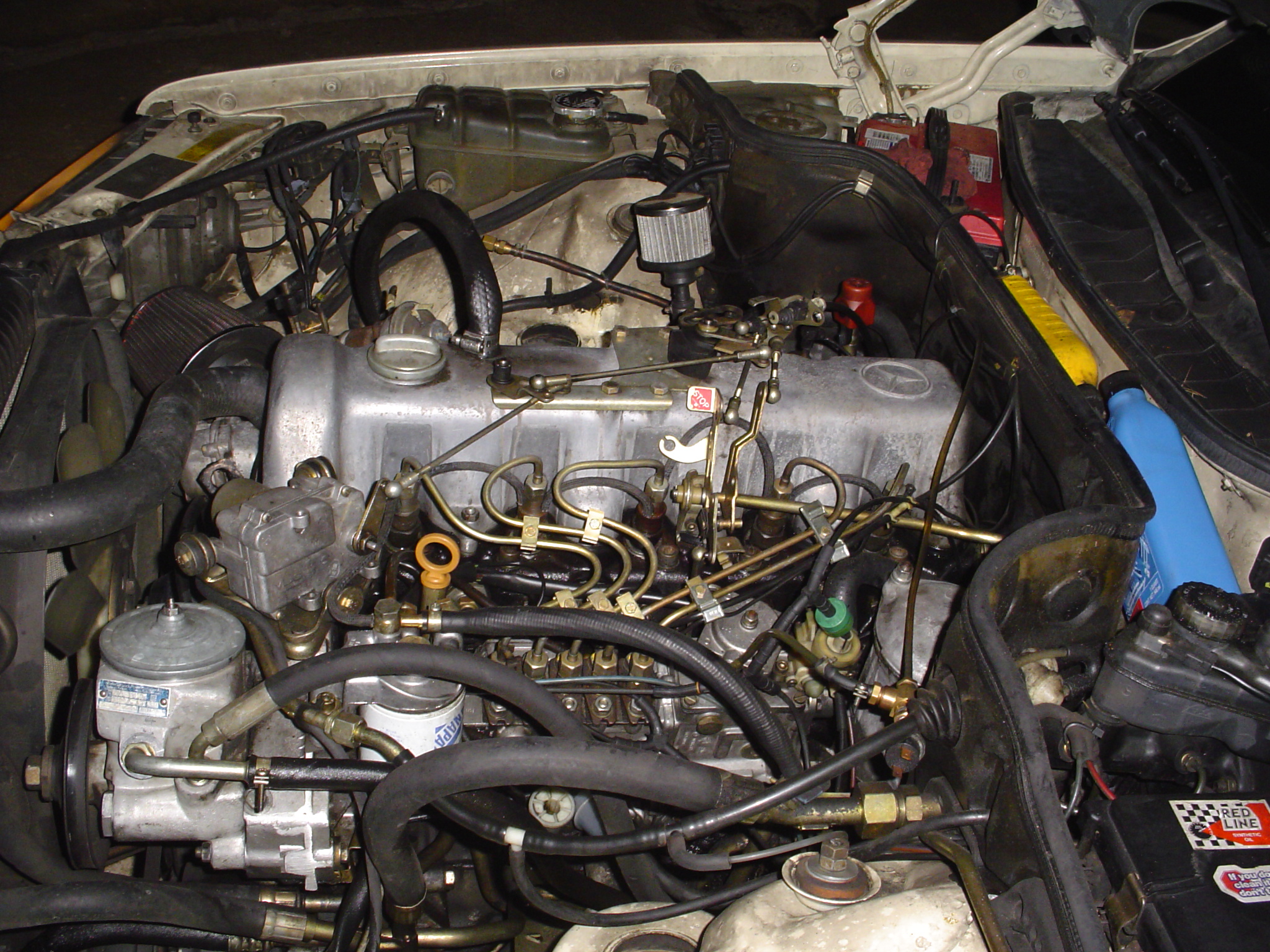
4. Toyota UZ Series: Luxury Built to Last
Toyota’s UZ engine family, especially the 1UZ-FE and 2UZ-FE, is renowned for balancing luxury refinement and rugged dependability. First appearing in the 1989 Lexus LS400, the UZ engines—spanning 4.0 to 4.7 liters—powered Lexus sedans, Toyota Land Cruisers, and Tundra trucks.
Crafted with aluminum blocks and forged internals, they were both smooth and resilient. Performance variants even found their way into motorsports and marine applications.
These engines have proven to be incredibly durable in the long run, often lasting well over 300,000 miles. Their versatility and bulletproof design have made them a preferred swap option, outliving many contemporary V8s.
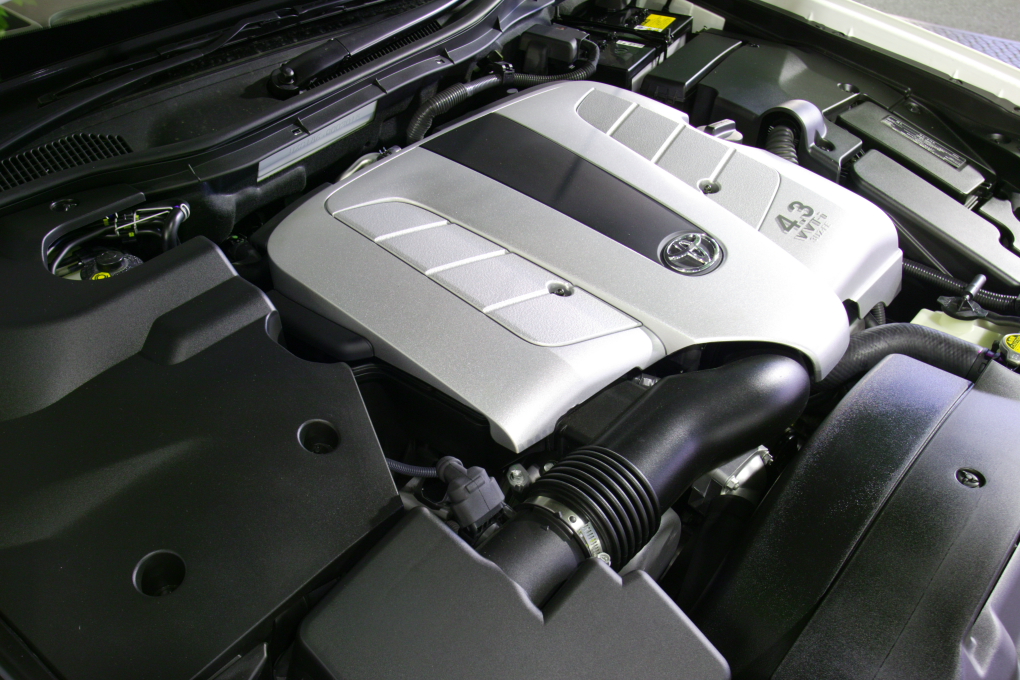
5. BMW M50: The Backbone of German Engineering
The BMW M50 inline-six was produced from 1990 to 1996 and marked a significant leap in Bavarian reliability. Used in the E34 5 Series and E36 3 Series, this engine introduced technologies like VANOS variable valve timing.
With displacements from 2.0 to 2.5 liters, it wasn’t just smooth and rev-happy—it was overbuilt. Tuners loved it for its cast iron block and potential for high-boost setups.
While modern BMW engines are often maligned for reliability issues, the M50 remains a favorite in used car circles. It’s an engine that’s both dependable in stock form and capable of serious performance upgrades.
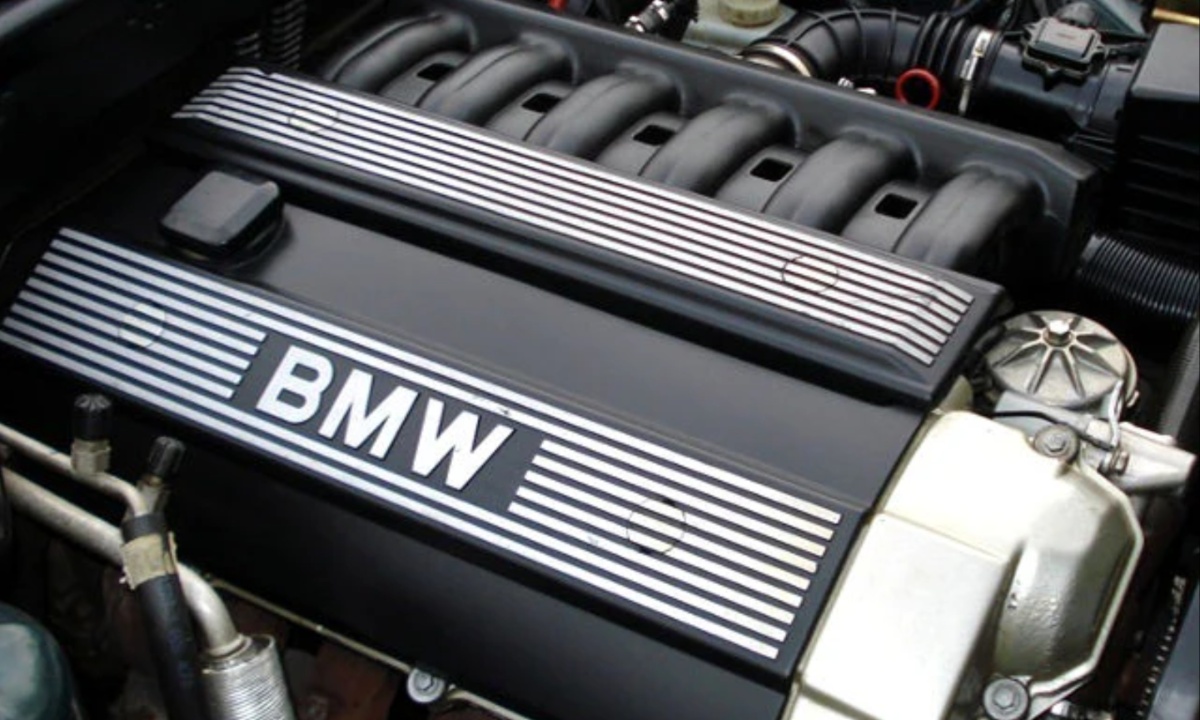
Also Read: 5 Cars With Long-Lasting Tires and 5 That Burn Rubber Fast
6. Toyota JZ Series: Tuning Without Limits
Toyota’s JZ engine family—especially the 1JZ and 2JZ—needs no introduction among car enthusiasts. Produced from 1990 to 2007, these inline-sixes were engineered to last and designed for performance.
The 2JZ-GTE, found in the iconic Supra MKIV, is especially famous for handling 1,000+ horsepower builds on stock internals. Yet, even unmodified, these engines routinely surpass 300,000 miles.
Their cast-iron blocks and closed-deck designs make them incredibly robust. While many modern engines rely on software management and electronic trickery, the JZ motors offer analog durability, built for abuse but requiring little more than routine oil changes to go the extra mile.
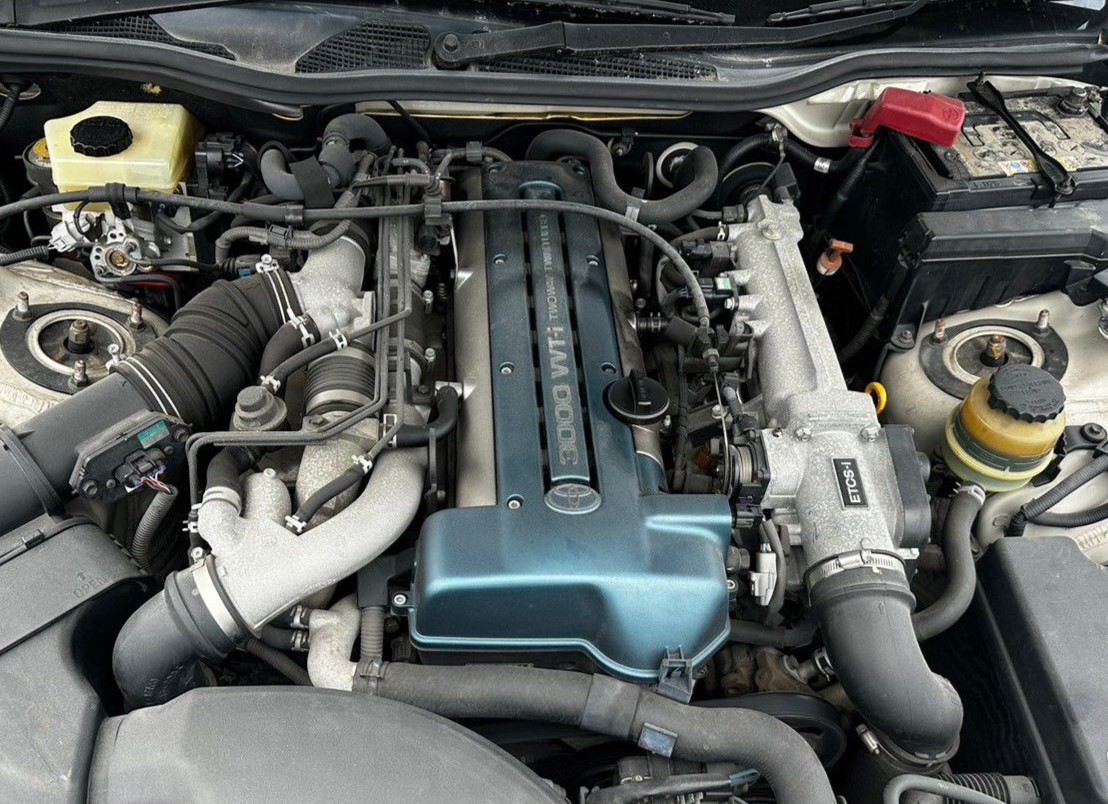
7. Volkswagen ABF: Euro-Spec Precision
The Volkswagen ABF, a 2.0-liter inline-four 16-valve engine produced between 1992 and 1999, proved that performance and longevity aren’t mutually exclusive. Found in the Mk3 Golf GTI and Passat, it featured a cast iron block and aluminum head, producing 148 horsepower.
It revved eagerly and ran reliably under stress, making it a favorite among Euro enthusiasts. Even today, it’s a popular swap choice in classic VW builds.
Though modern VWs have faced criticism for electronic and sensor failures, the ABF stood apart with its mechanical reliability. It remains a testament to a time when German precision also meant long-lasting simplicity.
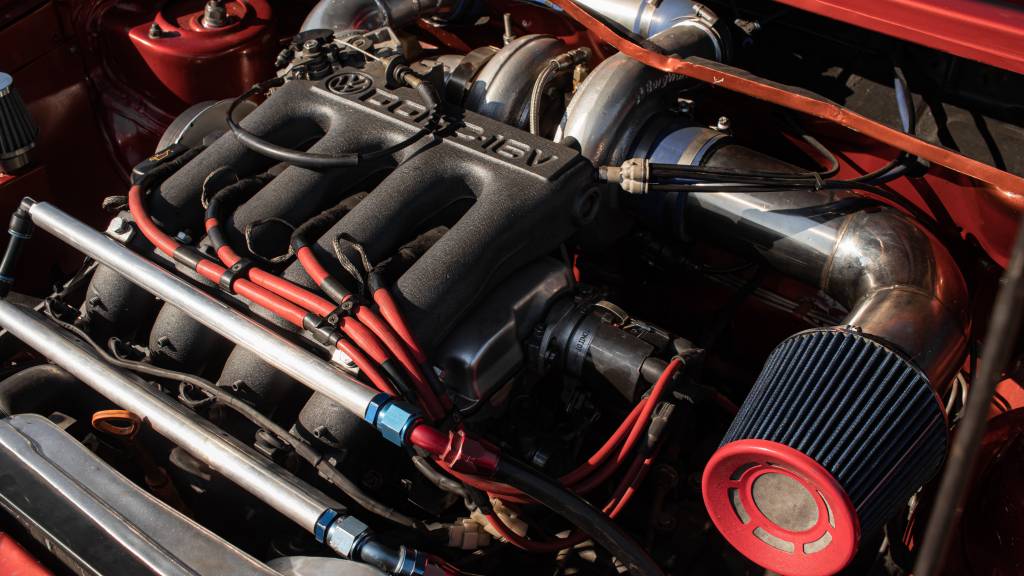
8. GM LS V8: The American Powerhouse
Debuting in 1997, the General Motors LS engine family redefined what it meant to build a reliable American V8. With versions ranging from 4.8 to 7.4 liters and horsepower outputs of up to 755, the LS has been used in everything from Corvettes to work trucks.
The key to its success lies in its modular design, simplicity, and rugged construction. Tuners love it, and fleet operators trust it. While newer engines may boast better fuel economy or emissions ratings, few can match the LS for longevity. These engines routinely exceed 250,000 miles without breaking a sweat, making them timeless.
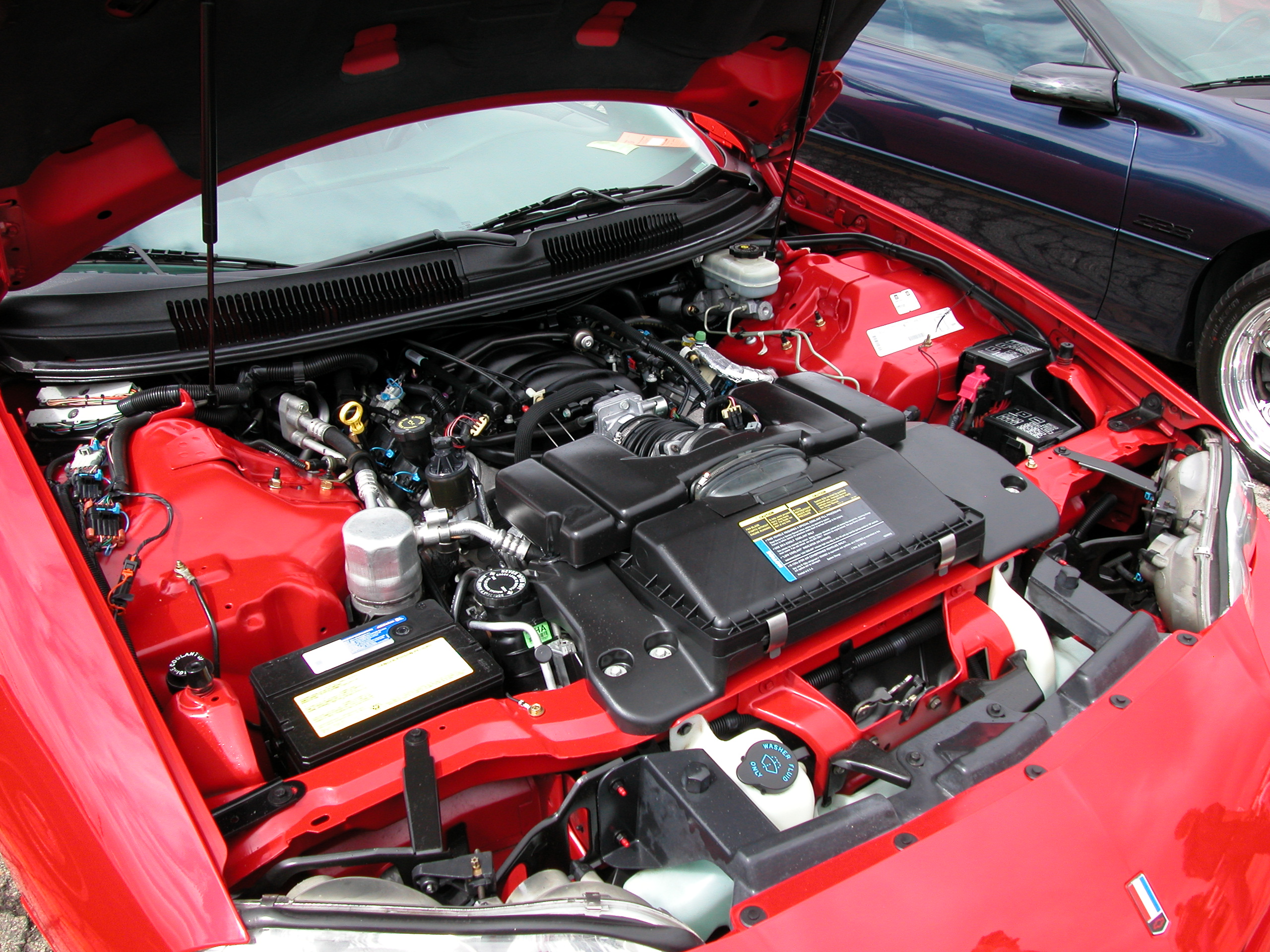
9. Honda K-Series: The DOHC King
Launched in 2001, Honda’s K-Series engines—particularly the K20 and K24—have become legends among both reliability fans and performance tuners. Found in everything from the Civic Type R to the Accord, these dual overhead cam, VTEC-equipped four-cylinders offer high-revving thrills and bulletproof reliability.
Built with forged components and precise tolerances, the K-series engines can handle track days or daily driving without flinching. Even with modern turbocharged engines becoming the norm, the naturally aspirated K-series remains a go-to for longevity.
These engines are still found roaring in swapped cars around the world, proving that old-school Honda engineering still beats new tech.
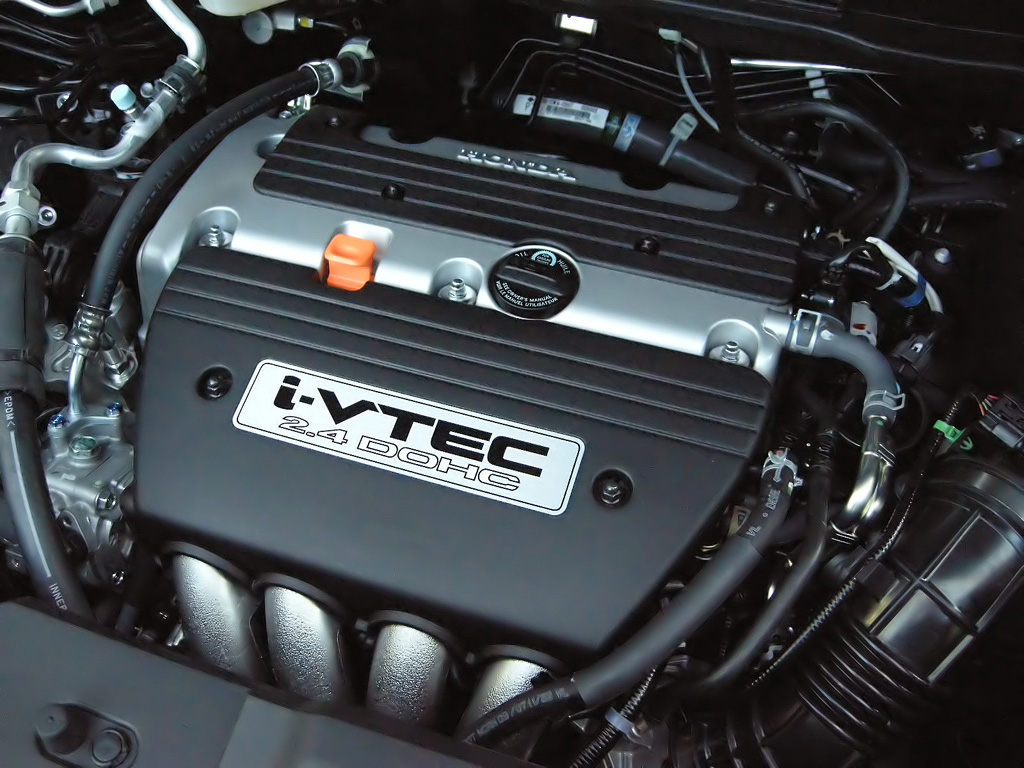
10. Toyota 2GR V6: Versatility With Longevity
Toyota’s 2GR-FE engine, a 3.5-liter V6, is another masterpiece of modern engineering that still manages to outperform many newer designs in terms of reliability. Introduced in 2005, it powers everything from the Toyota Camry and Highlander to the Lexus RX and even the Lotus Evora.
With aluminum construction, timing chains instead of belts, and robust internals, the 2GR can easily exceed 300,000 miles. Its reliability is so acclaimed that it’s often referred to as the “Japanese LS engine.” While newer V6s struggle with turbo failures and oil consumption, the 2GR remains a low-maintenance solution that just keeps running.
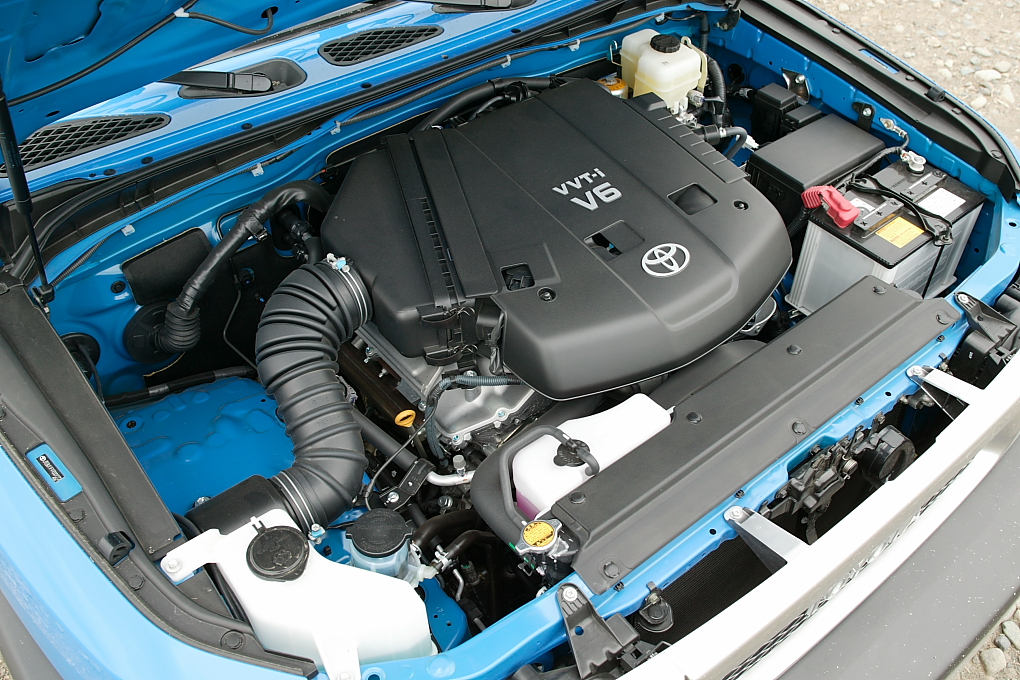
While modern engines offer advancements in emissions, fuel economy, and performance, their complexity often undermines their longevity.
These ten engines—from the Chrysler Slant-Six to Toyota’s 2GR—represent a golden era of internal combustion, where simplicity, over-engineering, and serviceability took precedence over software-driven efficiency.
Whether you’re a daily commuter or a DIY builder, these used engines offer better long-term value and peace of mind than many brand-new powerplants. In the search for a vehicle that lasts, looking to the past might be the smartest move you can make. After all, some legends truly do age better with time.
Also Read: 5 Cars Rated Best for First-Time Buyers and 5 Giving New Drivers Fits

